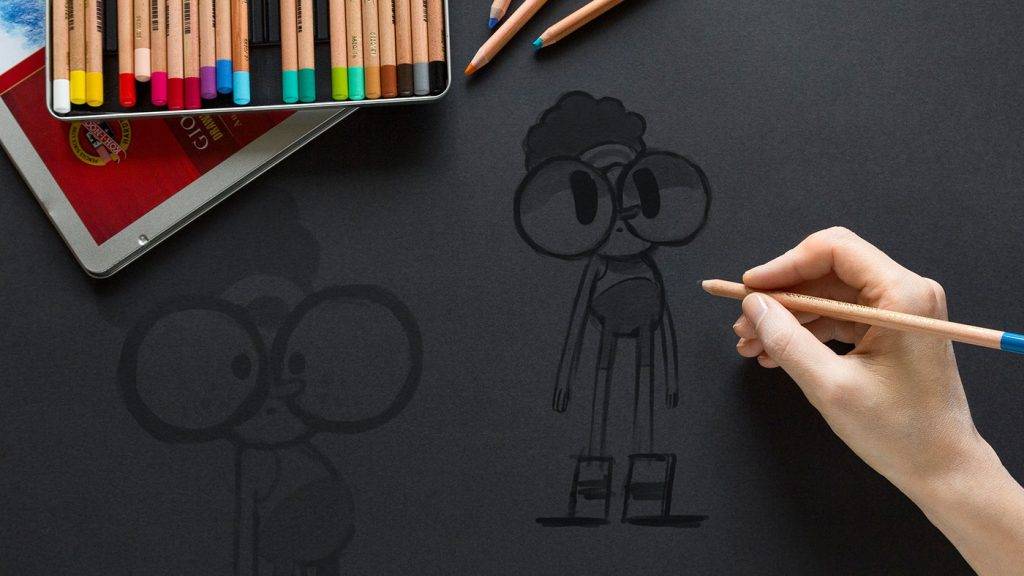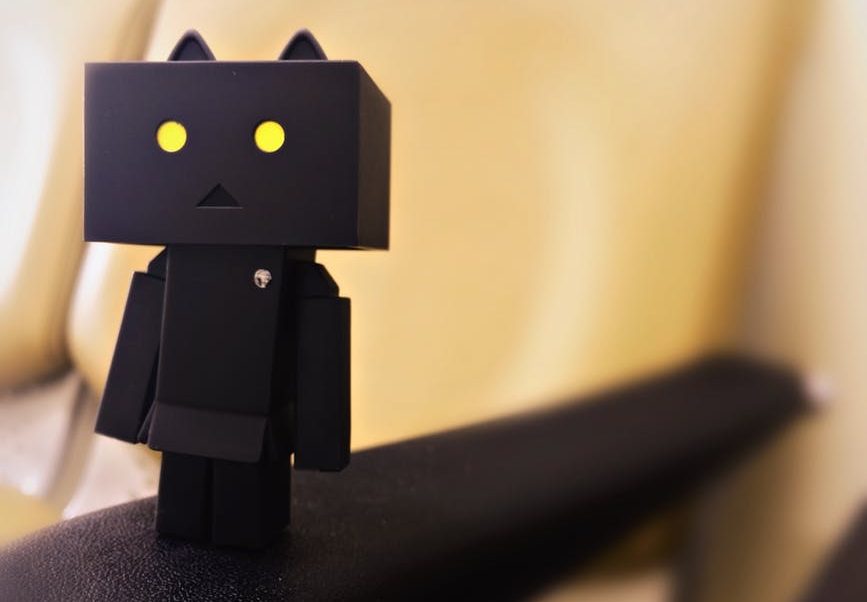9+ Tricks For Better Motion Graphics Examples to Download
Sometimes, it can be quite difficult to keep up with the changing times. With new inventions and developments in techniques and software moving at a relatively fast pace, falling behind the industry of motion graphics won’t do you any favors. Fortunately, digital tools and other essential resources are getting cheaper and more accessible to the public, opening doors for artists to create better pieces of work. From our favorite blockbuster films to the commercials we see on TV, motion graphics has changed the world of animation in ways we would never have imagined.
However, jumping into the world of motion graphics holds a lot of challenges. To help you out, we gathered ten helpful tips from some of the most talented graphic artists in the industry.
1. Prepare a Plan.
To conquer a mission, every wise soldier needs a good plan of attack. You can’t jump into making a design project with a positive mindset as your only weapon, or you might just end up with a good for nothing output.
From brainstorming ideas to creating a storyboard of events, this involves an intense process of conceptualizing your motion graphics into something amazing. Without a proper plan at hand, you’ll be left with a trial and error project, and that can waste be a complete waste of time and effort.
2. Develop a Flow.

Creating a flow of events for your motion graphics is critical for your audience to fully grasp the message you are trying to convey. Focus on developing a proper transition for each scene to serve as a guide for the viewers to follow. After all, the last thing you would want is to leave your audience dazed and confused on what they just witnessed.
3. Create a Good Naming Structure.
If you’ve had a good amount of experience with any form of digital design, whether it’s logo designing or animation, you probably know how complicated the whole process can be. Even a single scene that lasts for mere seconds involves layers upon layers of keying and other special effects. Because of its complexity, it can cause confusion and frustration during editing.
So instead of naming each layer with some random nonsense as a short term solution to save time, be practical and label each accordingly. Not only will this make it easier to locate particular layers in the near future, but your fellow colleagues will also appreciate the organization.
4. 2D Effects Won’t Hurt.
Sure, 3D effects are the key to the future and it opens our eyes to new possibilities that go beyond our wildest dreams. But as striking as it can be, adding 3D effects to your motion graphics can take up a good amount of our time to create and render. Even without adding flashy 3D effects, you can still work wonders with two-dimensional designs. Believe it or not, 2D effects can pass as 3D graphics with the right digital tools and design skills at hand.

This doesn’t mean you should bid goodbye to 3D effects forever, as this can still add a powerful dynamic to your work. It just means that it isn’t a necessity for every composition to have.
5. Decide on a Style.
Notice how horror films are typically dark and eerie? This creates a mood to keep an audience engaged, making it easier for them to understand the message you are trying to convey through the colors, text, and other effects you incorporate into each shot. The style you decide on should be added accordingly to create consistency for your motion graphics as well.
6. Clarity Is Key.
It’s unfortunate how some filmmakers and animators fail to recognize the importance of clarity in motion graphics. You can add flashy images, interesting effects, and jaw-dropping scenes, but without a clear message, your composition is bound to fall flat and forgettable among your viewers. Visual effects are meant to accentuate particular aspects of a shot, not take away the central point of it. A good motion graphics piece is one that is simple yet clear enough for viewers to be impressed by.
7. Take a Break.

One minute you’re obsessed with how stunning your piece is, then the next minute you feel like deleting it and starting all over again. It’s not unusual for designers to feel this way, since it’s common for us to feel a little biased about our compositions for the time being. This is why it’s important to take a few breaks in between, a coffee break or a quick nap can do the trick. This will give you enough time to open your mind to ideas and opinions, allowing yourself to critique your own work with fresh eyes. By doing so, you can easily locate mistakes you may have overlooked or areas that are in need of improvement.
8. Don’t Be Too Harsh.
It’s easy to get carried away with motion graphics, as the burst of effects can easily amaze the inner 5-year-old child in us. But you’ll come to know that bombarding your composition with multiple layers of effects can take a turn for the worst. This will cause nothing but chaos to your work. The subtle use of effects can prevent your motion graphics from looking too harsh, and in turn creates clarity and focus.

9. Always Have a Visual Interest Present.
In delivering a speech, professional speakers would tell you to always avoid dead air. The same concept applies to motion graphics, where you should never leave your audience with a blank screen. Not only will this allow viewers to focus on something other than the screen, but this will also break the trance they are in. It’s important to have something to look at in view, even if it’s a purposely blurred out scene.
10. Experiment.
Remember, the greatest creations of all time are a product of innovation. And just how do you plan on innovating if you stick to the same routine everyday? Never hesitate to think out of the box. Learn to experiment with different effects, while trying things that have never been done before. Who knows, you might just come up with something legendary.

At the end of the day, motion graphics will be deemed as a challenging yet interesting art form. While every project has its own share of challenges artists have to face, there’s no doubt these tips can help you one way or another.

